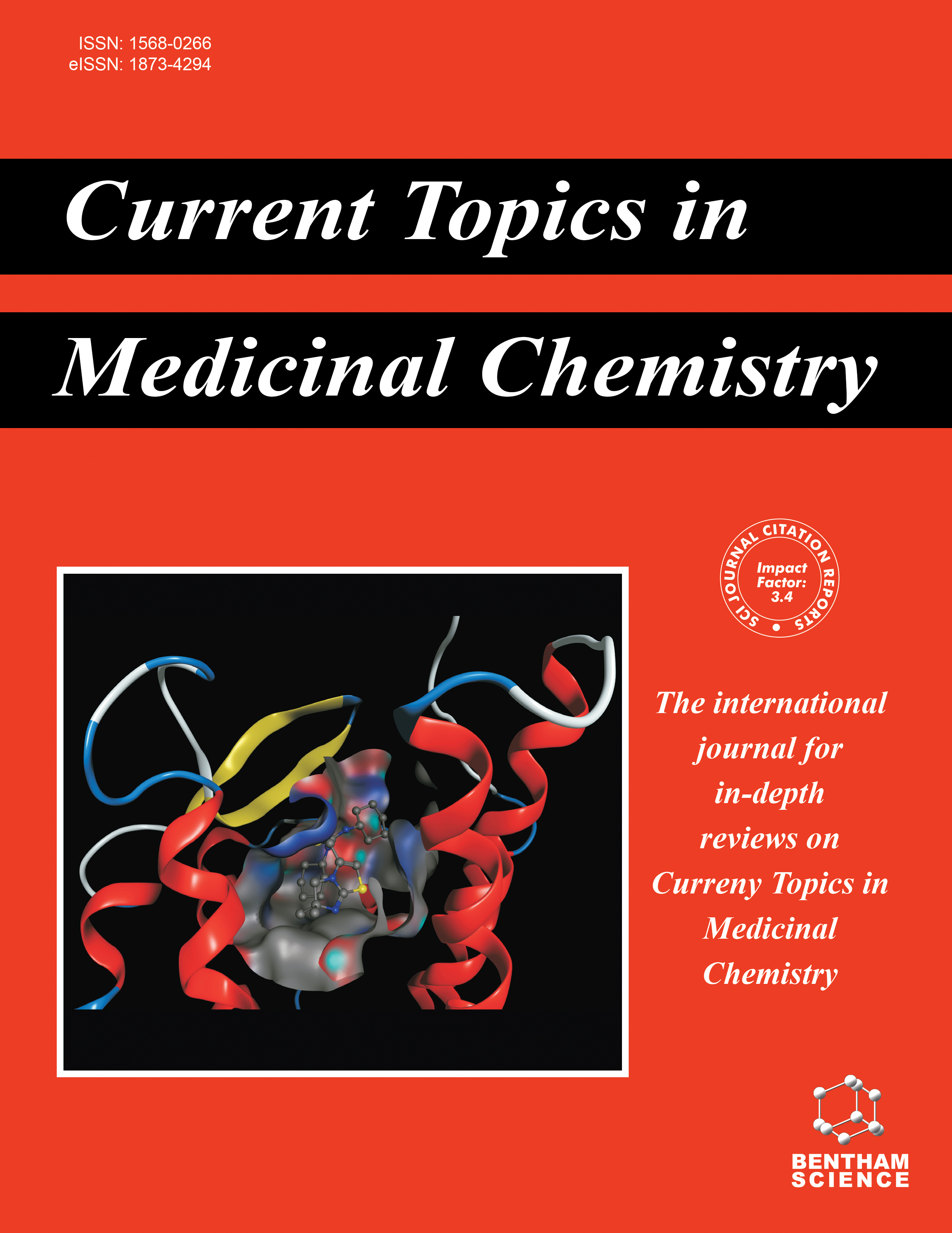-
s Biomarkers in the Management of Difficult Asthma
- Source: Current Topics in Medicinal Chemistry, Volume 16, Issue 14, Jun 2016, p. 1561 - 1573
-
- 01 Jun 2016
Abstract
Difficult asthma is a heterogeneous disease of the airways including various types of bronchial inflammation and various degrees of airway remodeling. Therapeutic response of severe asthmatics can be predicted by the use of biomarkers of Type2-high or Type2-low inflammation. Based on sputum cell analysis, four inflammatory phenotypes have been described. As induced sputum is timeconsuming and expensive technique, surrogate biomarkers are useful in clinical practice. Eosinophilic phenotype is likely to reflect ongoing adaptive immunity in response to allergen. Several biomarkers of eosinophilic asthma are easily available in clinical practice (blood eosinophils, serum IgE, exhaled nitric oxyde, serum periostin). Neutrophilic asthma is thought to reflect innate immune system activation in response to pollutants or infectious agents while paucigranulocytic asthma is thought to be not inflammatory and characterized by smooth muscle dysfunction. We currently lack of user-friendly biomarkers of neutrophilic asthma and airway remodeling. In this review, we summarize the biomarkers available for the management of difficult asthma.


